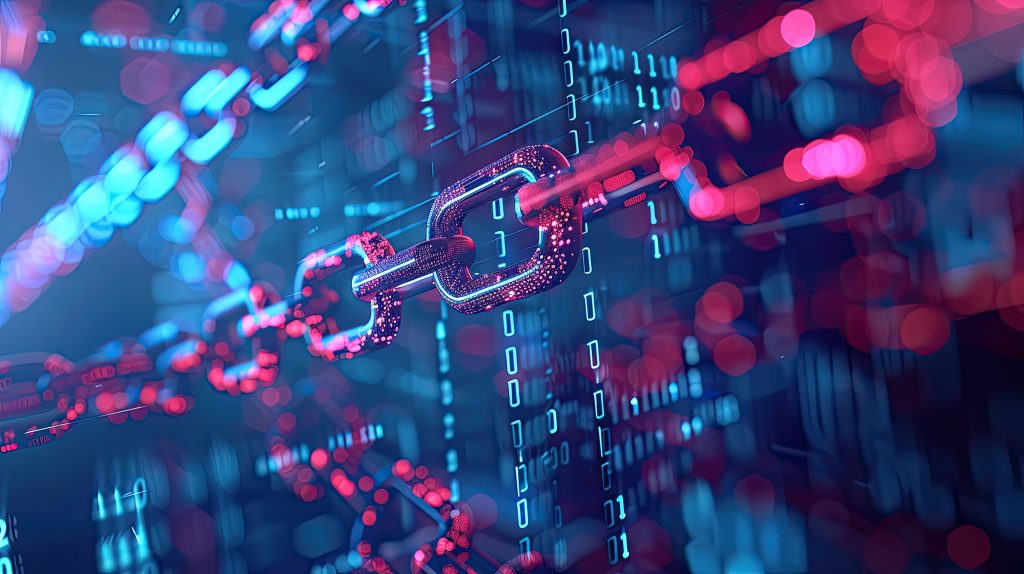



We live in a digital age where almost every crime, dispute, or security violation leaves a digital footprint. Whether it’s a hacker stealing sensitive data, an employee leaking confidential files, or a criminal communicating through encrypted messages, digital forensic experts are the detectives who piece the evidence together. But how does it really work? What happens behind the scenes when investigators recover “deleted” files or trace a cyberattack back to its source? Let us break it down in a way that’s easy to understand, with no technical jargon, just real-world insights.

Imagine that your computer or phone is a crime scene. As detectives assemble fingerprints and DNAs, digital forensic experts extract data – email, browser history, hidden files, even the goods you thought had gone forever. Digital Forensics is crucial to finding the truth and ensuring that evidence is presented in court. It is not just about solving cybercrimes. It plays a key role in several areas, including:
Corporate investigations (for example, identify who leaked a confidential report)
Application of the law (for example, monitoring the activity on -line of a suspect)
Cyber security (for example, analysing how hackers compromised a system)
Legal Disputes (for example, investigation of fraud or intellectual property theft)
1. “Don’t touch the original!” – Saving evidence
The first rule? Never work on the original device. Instead, experts make a precise copy (say, a forensic image) to analyse. Think of it as a photo of a crime scene before moving anything.
They also keep a chain of custody – a detailed log of who handled the evidence and when. If this LOG is broken, the evidence will be thrown into court.
2. “What are we looking for?” – identifying links
Not all data is relevant. The fraud case can focus on financial records, while the hacking investigation looks for a male/female lover trace. Experts use specialized tools to go away:
– Deleted files (yes, it can often be recovered).
– Hidden folders and encrypted data
– Metadata (as the file was finally edited or who did it).
3. “Reading between Bites” – Analysis of Data
This is where the actual detective function takes place. Analysts reorganize timelines, recover lost files, and track user’s actions – as if a person pushes the IED of files on a USB drive before leaving their job.
4. “Document everything” – keep a bulletproof record
Each step must be recorded in the entrepreneurial detail. Why? Because in court, the defence will ask:
– How was this evidence collected?
– Can it be tampered with?
– Are the findings reliable?
A good forensic report clearly explains everything – even to a judge who never touched a computer.
5. “Explain the jury” – by presenting conclusions
Have you ever seen courtroom plays where a specialist breaks down complex evidence? Digital forensics experts do the same. They translate tech-ridden findings into simple words, sometimes using visuals:
– Demonstrations (showing when key events happen)
– Data Maps (how the files moved or replaced)
– Recovery received messages (prove what to say)

1. File engraving – Finding a needle in digital haystack
Even if you delete the file permanently, it still exists on the hard drive – just hidden. File engraving These pieces will be dug out and re-assembled, like putting the cut document together.
2. Network Forensics – Tracking hackers in real time
When a company is hacked, experts analyse network traffic:
– Where the attack came
– Which data was stolen
– How did the hackers get
Tools like Wireshark Work like a security camera for internet traffic.
3. Mobile Forensics – Your Phone Knows Everything
Lessons, Call LS GS, Location History, Application Data – Your phone has a shocking amount of information. Forensic tools can cause it to be rid, even if you have tried to delete things.
4. Cloud Forensics – New Challenge
With much data stored by Stored Neline, investigators will now have to receive evidence from Google Drive, iCloud, or Draw Rop Pub BOX. Catch? They need legal permission to cause it to cause.
5. Malware Lower Analysis – Digital Virus Violation
When a new virus infects the system, forensic experts are reversing it:
– How does it spread
– What does it hurt him
– Who can be behind it
They often use virtual machines (fake computers) to safely study Mal Lower without risking real systems.
Cybercrime is exploding – ransomware attacks, corporate spies, identity theft – and digital forensics are often the only way to capture criminals. But it’s not just to catch bad people. Companies use these techniques:
As tech becomes smarter, so do criminals. Encrypted applications, AI-powered attacks, deepfake scams, Forensic experts constantly adapt to new challenges. So, the next time you hear about a big data break or a high-profile cybercrime case, remember that behind the scenes, digital forensics teams are working to highlight the truth at a time.